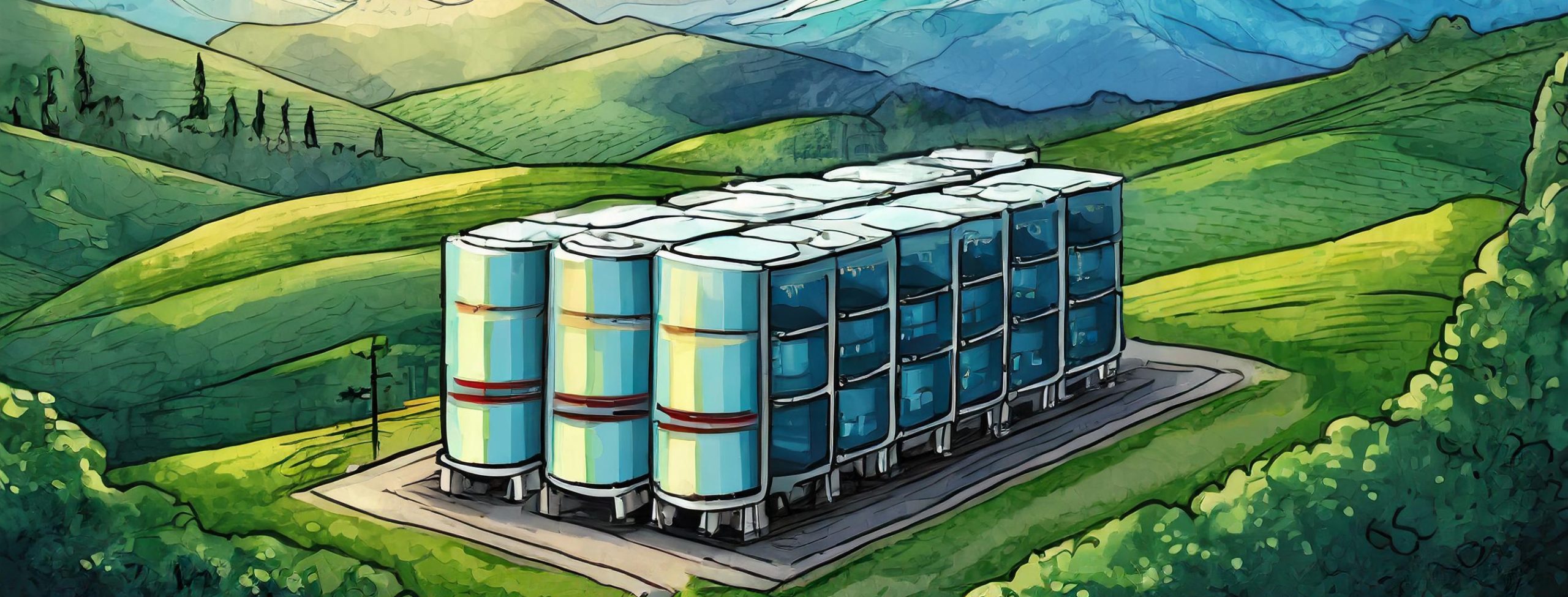Comprehensive Showcase of Global Thermal & Mechanical Storage Innovations & Startups
From CLIMAFIX, leader in climate innovation intelligence
Thermal & Mechanical Storage Introduction:
While battery storage dominates discussions around storage, there are storage systems other than electrochemical. Thermal and mechanical storage systems are the two other prominent storage solutions.
Prominent among mechanical storage solutions is pumped hydro storage in which electricity during non-peak periods is used to pump water up to a reservoir and the water runs down during peak periods to turn a turbine and generate electricity. Prominent among thermal energy storage for large-scale applications is storing heat in phase change materials (such as molten salt). In these systems, heat – or electricity converted to heat – melts the salt, and when the energy is needed, the salt is allowed to convert into a solid, when it releases the heat back again for use as heat or to run a turbine to generate power.
Pumped hydro systems have some large-capacity implementations worldwide. The Bath County Pump Station in the United States for instance is a massive 3000 MW of pumped storage hydroelectric power plant. A few CSP power plants use reasonably large phase change materials-based thermal storage capacities.
While pumped storage is a fairly well-established mechanical storage technology, technologies such as compressed air storage, and flywheel-based storage are less so in the context of large-scale renewable energy storage. Thermal storage solutions that use phase change materials are still undergoing evolution for large-scale use for power or heat storage. One PCM-based thermal storage segment where significant innovations are happening is in the use of water/ice as a phase change material – many buildings worldwide are experimenting with using electricity to convert water into ice during non-peak power periods and using the ice to provide cooling during peak hours.
Other than simple heat storage systems (a residential hot water tank, for example) and pumped hydro storage, the use of other mechanical and thermal storage systems for large-scale heat or power storage so far has been quite selective and has been mainly experimented with and implemented in developed economies.
For the 2020-2030 period, innovations in this domain can be expected in ice-based PCM storage, utility-scale storage using thermal or mechanical systems, liquid energy storage, hybrid storage systems, compressed air, CO2-based thermal storage, and flywheel storage. Also, expect increasing use of digital technologies to integrate these storage solutions and optimise them with the rest of energy and power ecosystems.
The Thermal & Mechanical Storage Innovations & Startups Report provides insights on the following:
- Current & Emerging Technologies
- Innovation & Startups Analysis
- Urgency of this Decarbonization Avenue
- Unique Solutions Derived from Startups
- Commercialization Potential
- Scalability
- Highlights of Prominent Innovations & Startups
- List of 10 High Impact Startups
For each startup, the following inputs are provided:
- Product
- Key benefits
- Technology & process
- Videos
- Links to founder profiles
- Links to prominent news & analyses about the startup
The Thermal & Mechanical Storage Innovations Report is part of CLIMAFIX 500, a comprehensive global climate innovation and startup report.



